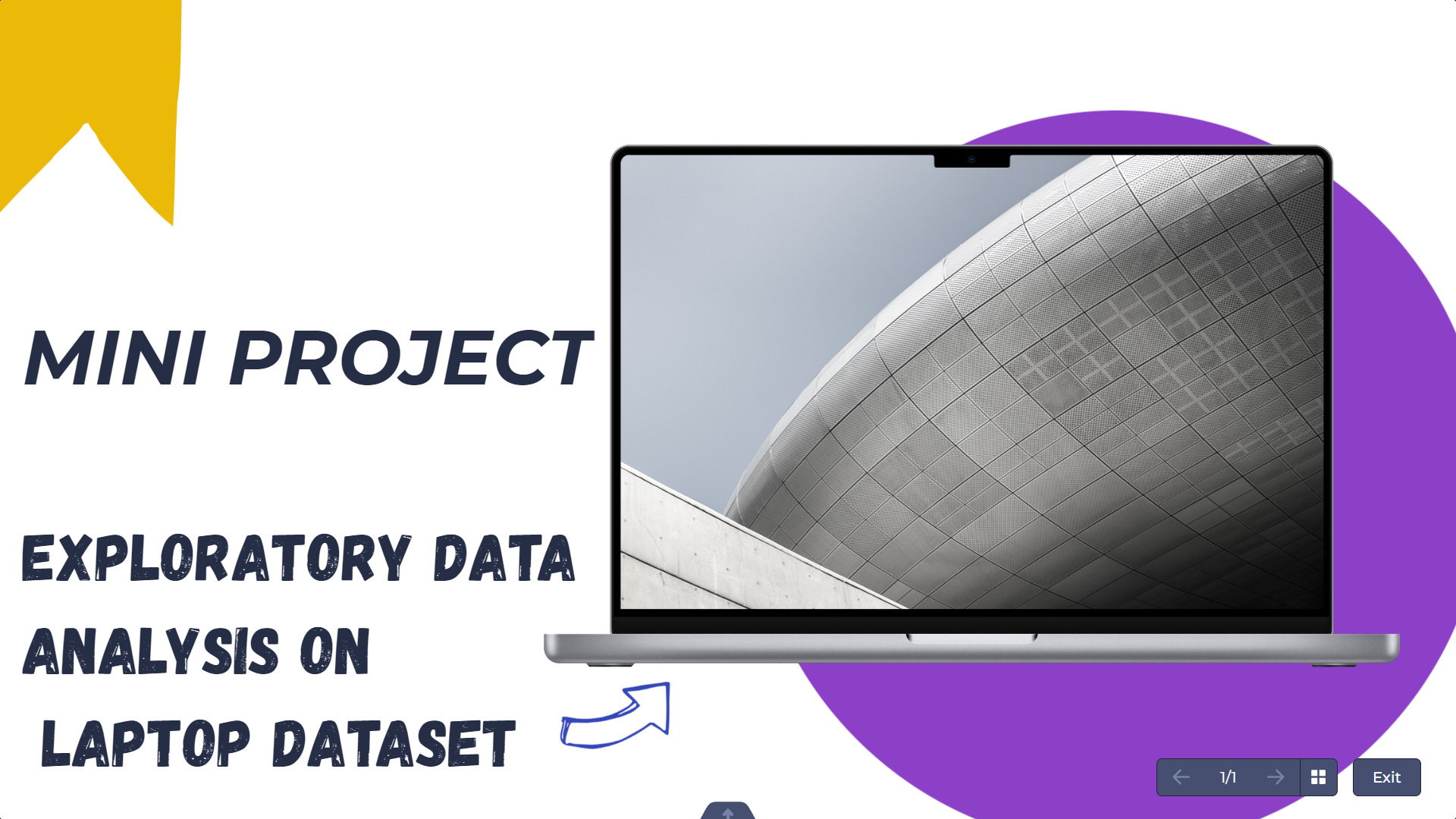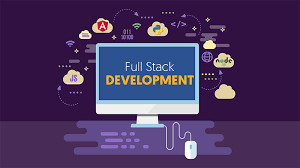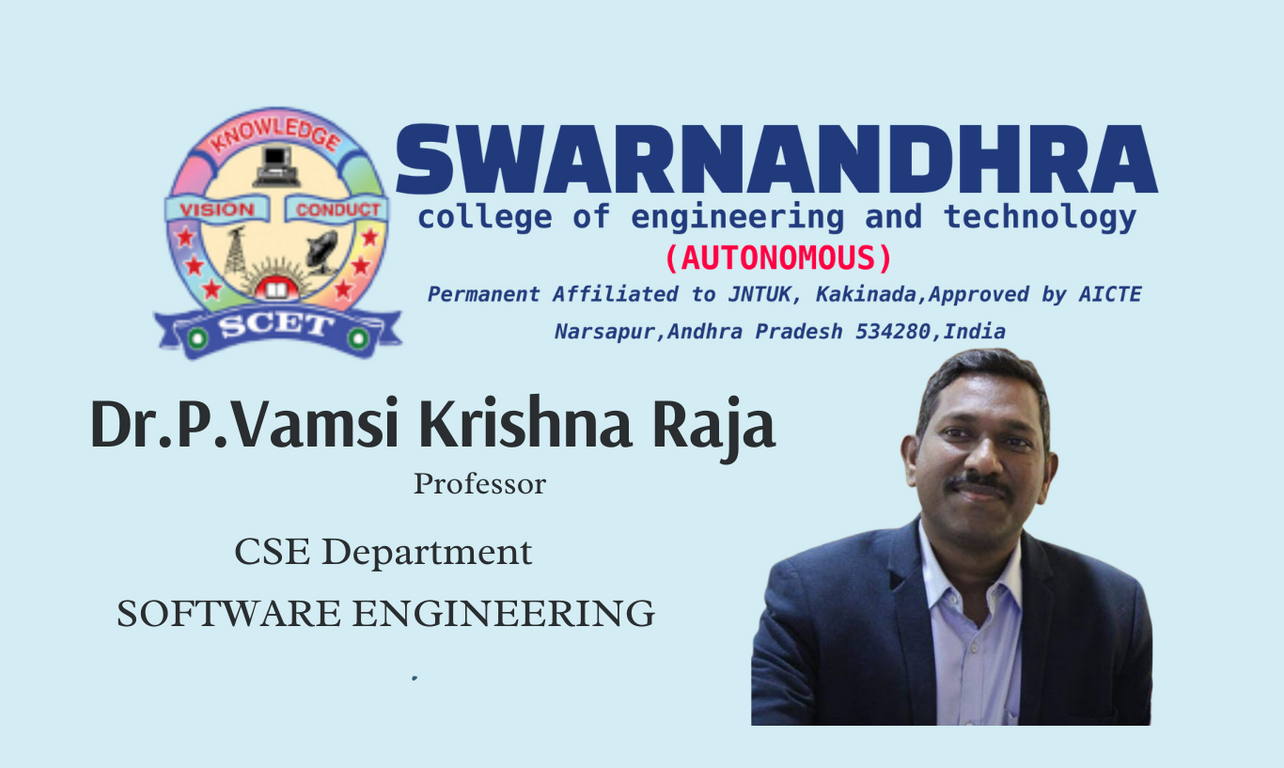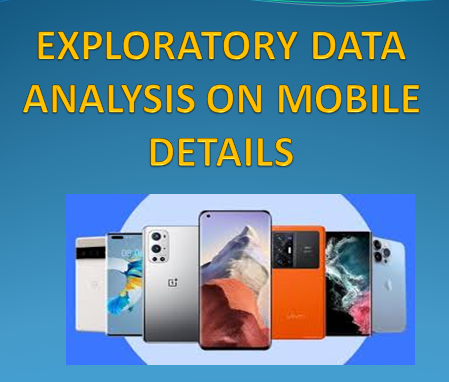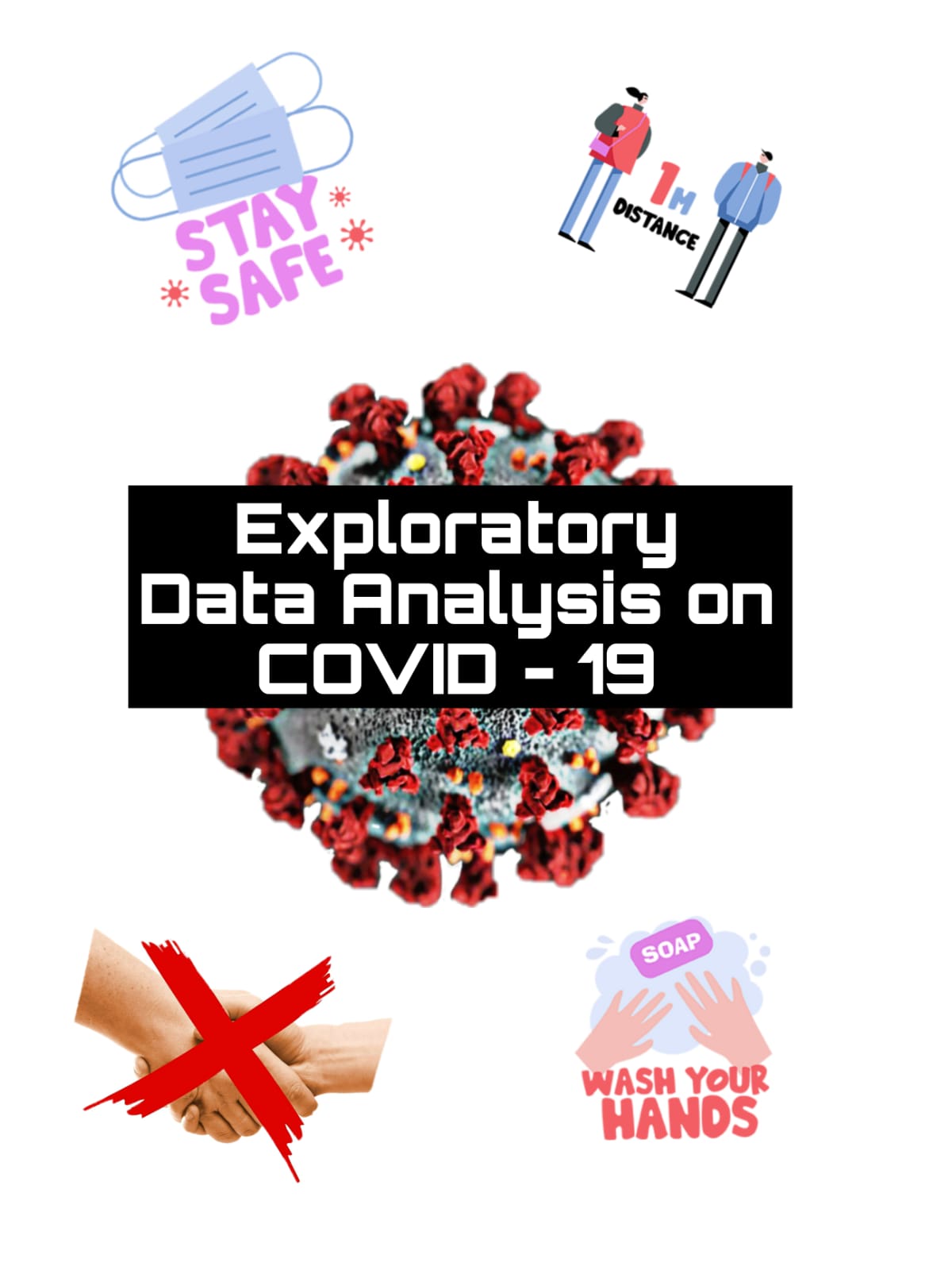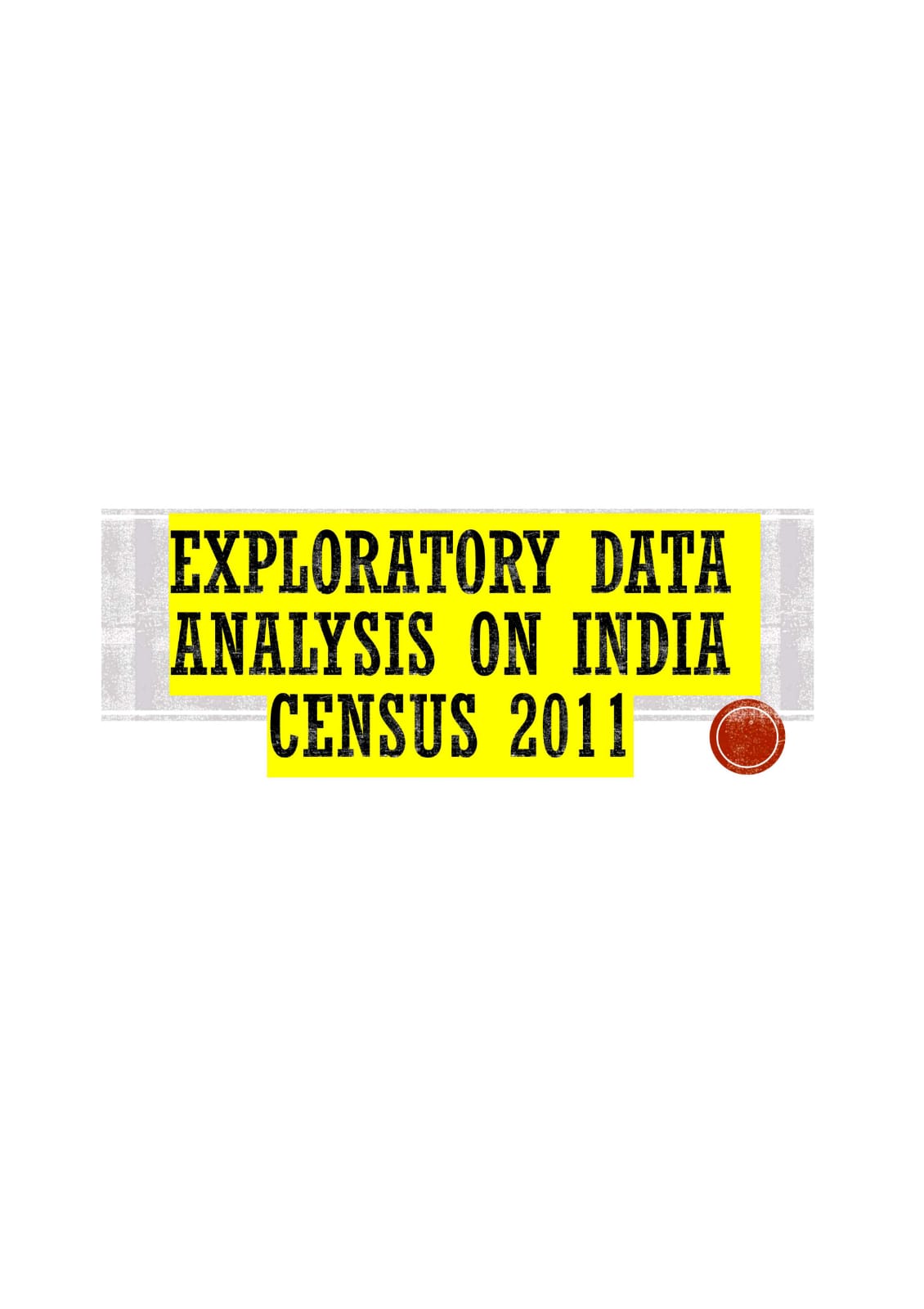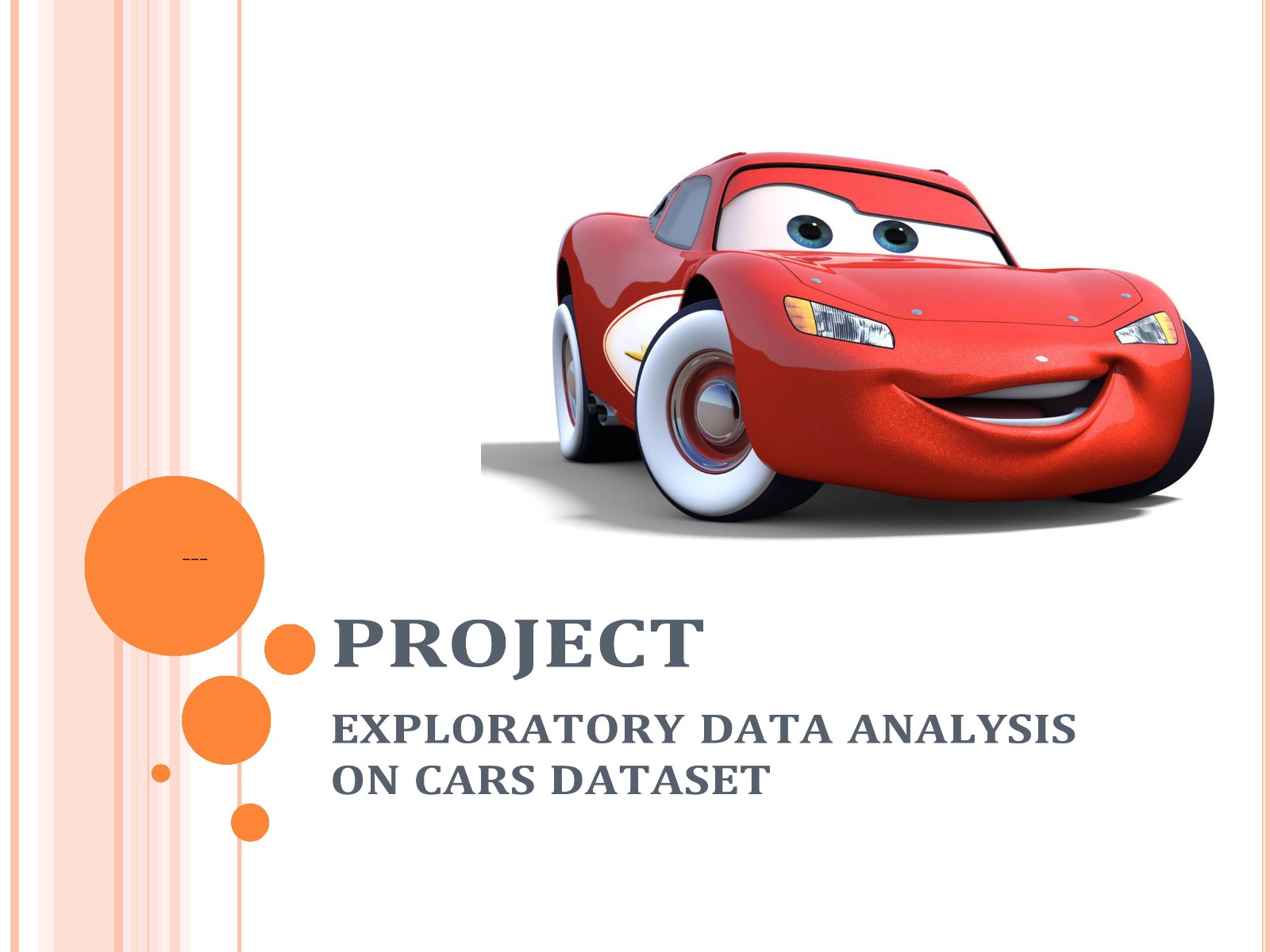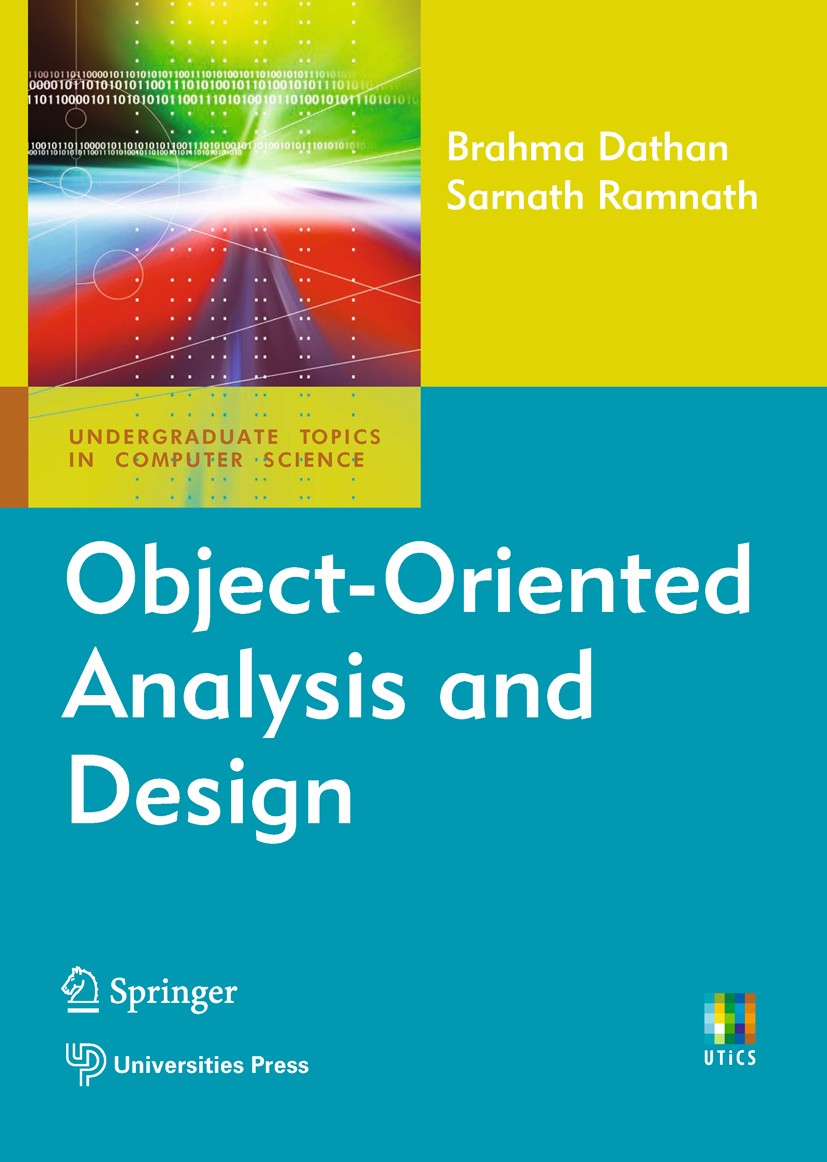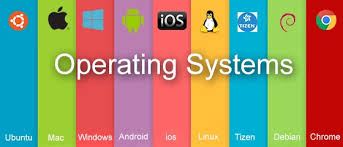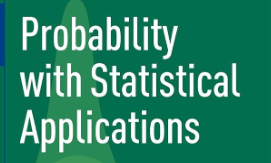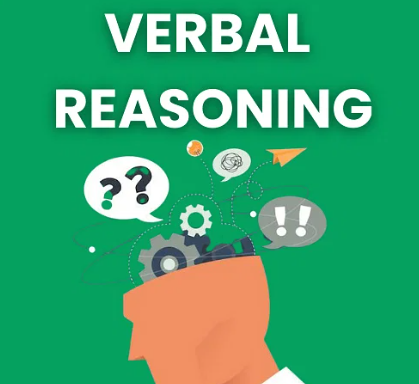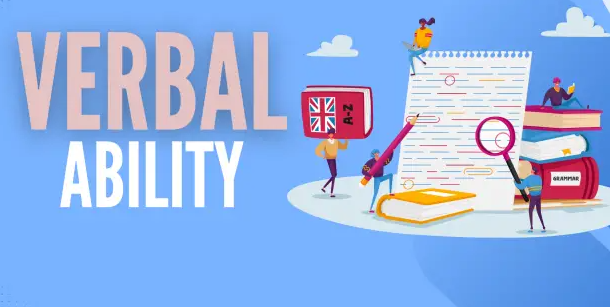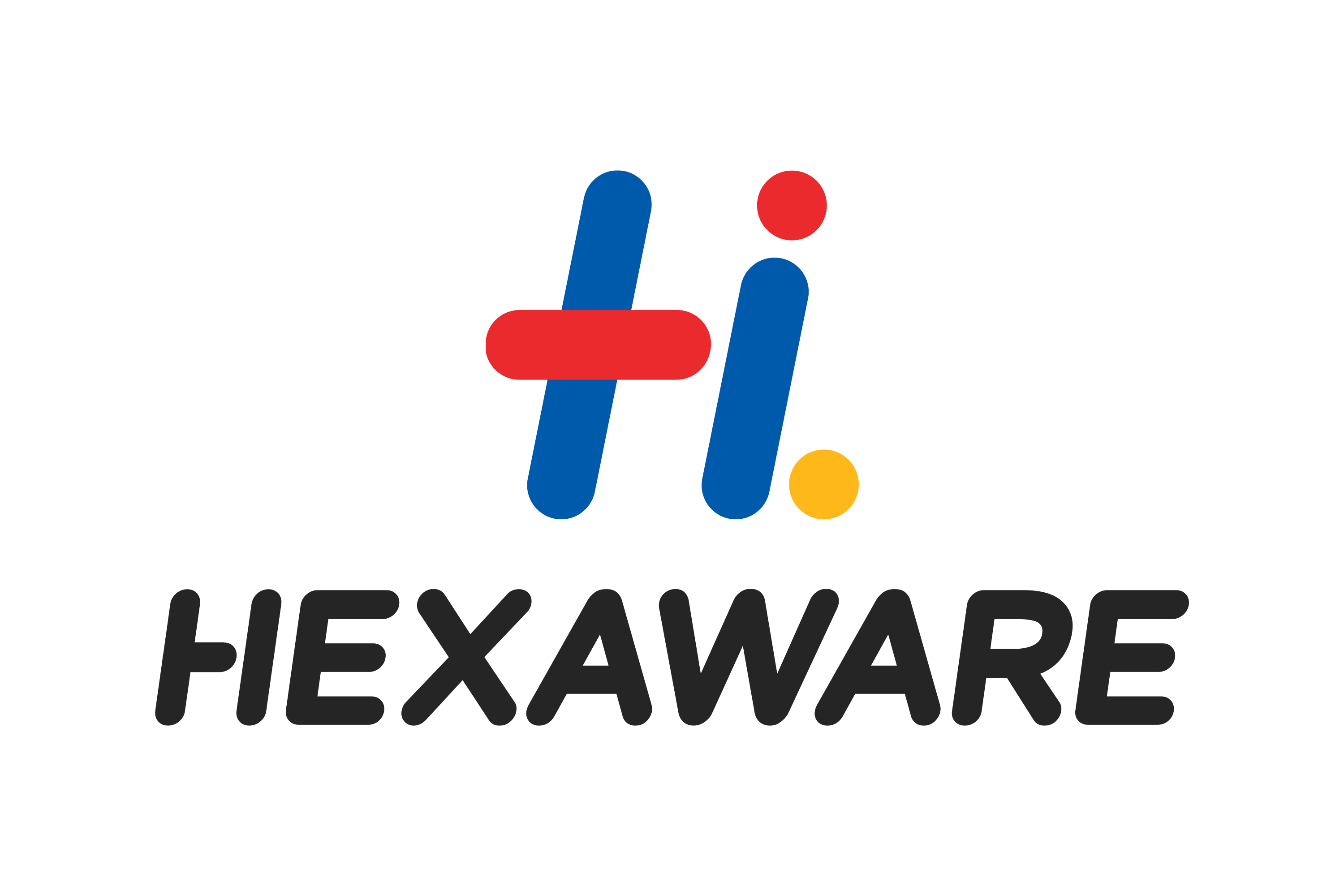Swarnandhra LMS
Skip course categories
Course categories
Skip available courses
Available courses
- Teacher: MCA Department
- Teacher: MCA Faculty One department

Cryptography is the study and practice of techniques for secure communication in the presence of third parties called adversaries. It deals with developing and analyzing protocols that prevents malicious third parties from retrieving information being shared between two entities thereby following the various aspects of information security. Secure Communication refers to the scenario where the message or data shared between two parties can’t be accessed by an adversary. In Cryptography, an Adversary is a malicious entity, which aims to retrieve precious information or data thereby undermining the principles of information security. Data Confidentiality, Data Integrity, Authentication and Non-repudiation are core principles of modern-day cryptography.
- Confidentiality refers to certain rules and guidelines usually executed under confidentiality agreements which ensure that the information is restricted to certain people or places.
- Data integrity refers to maintaining and making sure that the data stays accurate and consistent over its entire life cycle.
- Authentication is the process of making sure that the piece of data being claimed by the user belongs to it.
- Non-repudiation refers to the ability to make sure that a person or a party associated with a contract or a communication cannot deny the authenticity of their signature over their document or the sending of a message.
Consider two parties Alice and Bob. Now, Alice wants to send a message m to Bob over a secure channel. So, what happens is as follows. The sender’s message or sometimes called the Plaintext, is converted into an unreadable form using a Key k. The resultant text obtained is called the Ciphertext. This process is known as Encryption. At the time of received, the Ciphertext is converted back into the plaintext using the same Key k, so that it can be read by the receiver. This process is known as Decryption.
- Teacher: CSE HOD

- Teacher: CSE HOD

- Teacher: CSE HOD
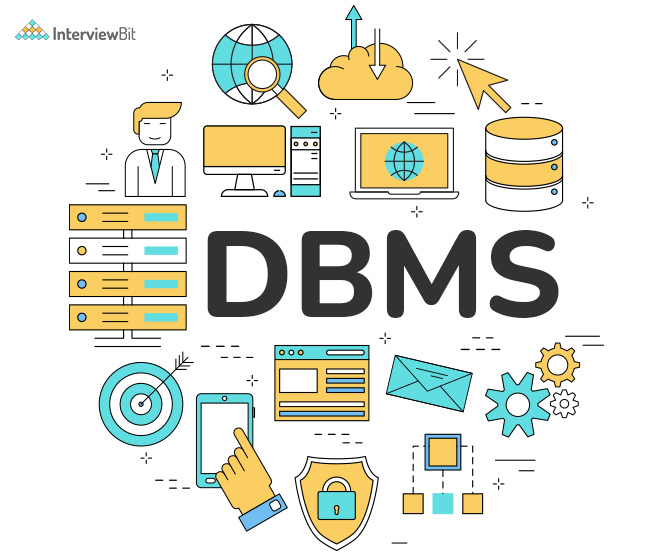
- Teacher: CSE HOD

- Teacher: CSE HOD
- Teacher: EEE Department EEE
- Teacher: EEE Department EEE
- Teacher: EEE Department EEE

Exploratary Data Analysis on Milatary Dataset
- Teacher: CSE HOD
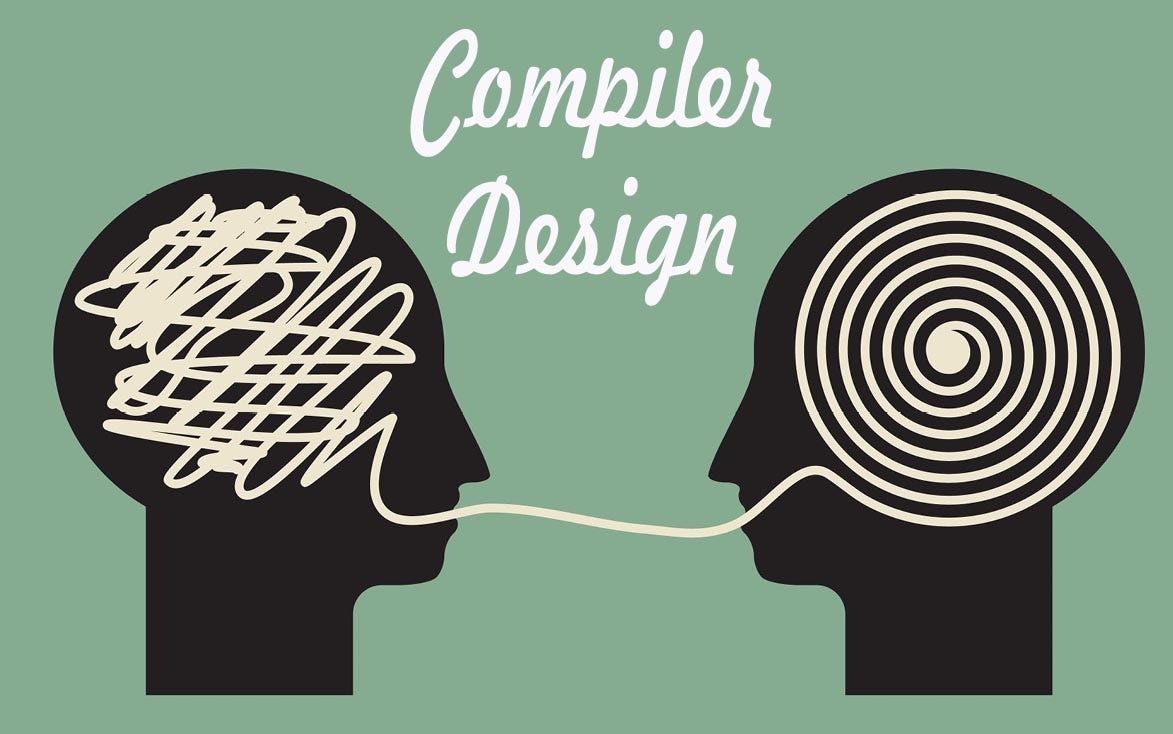
- Teacher: CSE HOD
- Teacher: CSE HOD

- Teacher: CSE HOD

- Teacher: CSE HOD

- Teacher: CSE HOD

- Teacher: CSE HOD

- Teacher: CSE HOD
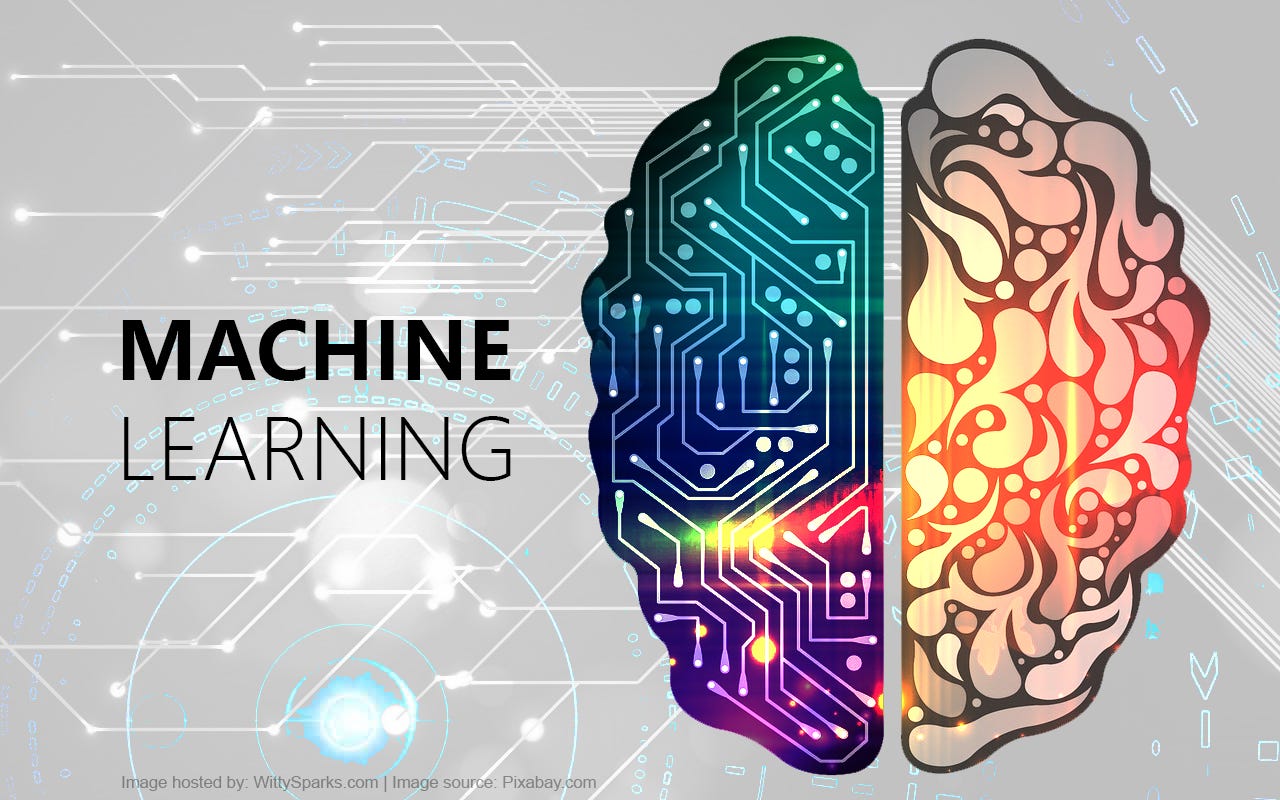
- Teacher: CSE HOD
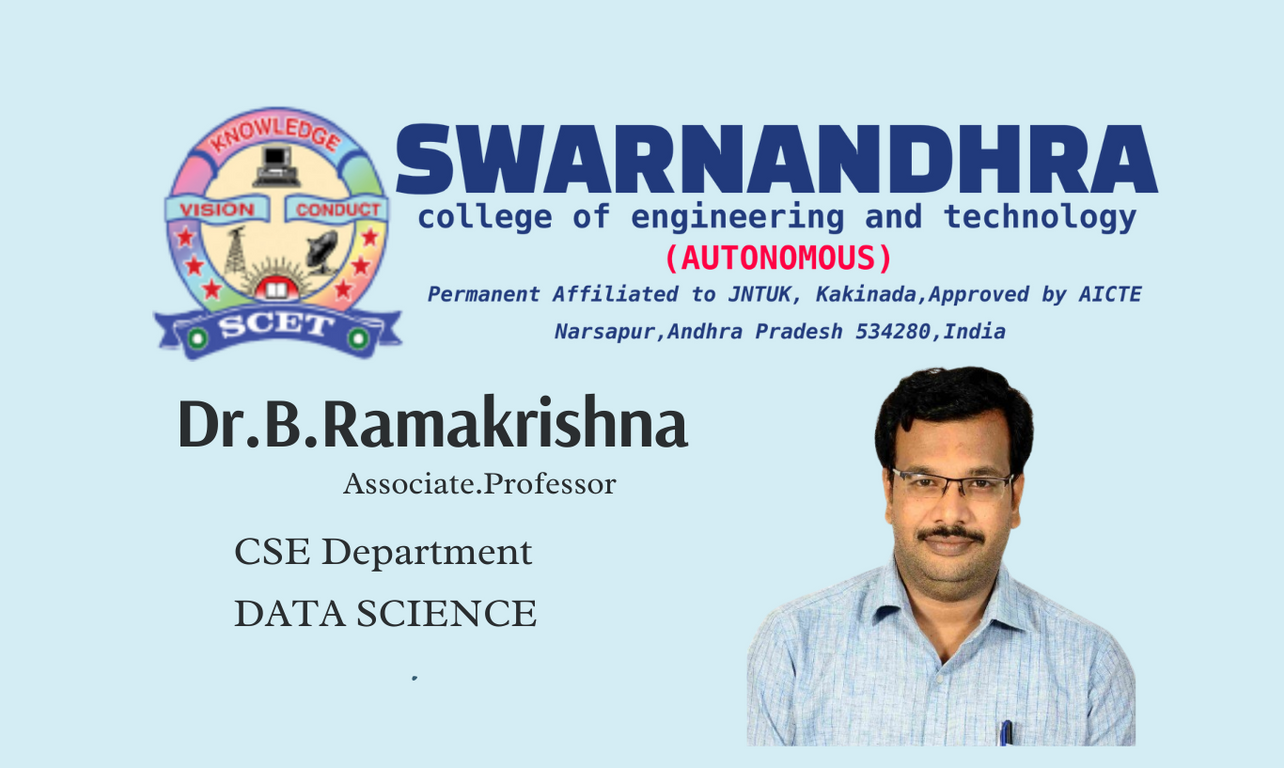
- Teacher: CSE HOD

- Teacher: CSE HOD

- Teacher: CSE HOD

- Teacher: CSE HOD

- Teacher: CSE HOD
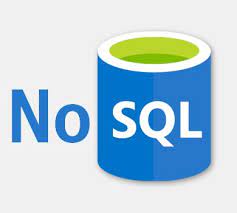
- Teacher: CSE HOD

- Teacher: CSE HOD
In this course you will learn about simple and complex Linux commands, combining them, building Bash scripts, etc. It will be hands-on, where the teacher will show first how to use different commands and the participants will try them themselves. Each participant is going to have an account on the training server.
This is the introductory course for Python for Beginners. Please start here if you have no experience coding in Python. This course is self-paced; you can proceed through the course, but need to complete each unit before moving on to the next unit.

UNIT–I:
Basics of Object Oriented Programming (OOP): Need for OO paradigm , A
way of viewing world- Agents, responsibility, messages, methods, classes
and instances, class hierarchies (Inheritance), method binding, overriding
and exceptions, summary of OOP concepts, coping with complexity,
abstraction mechanisms. Java Basics: Data types, variables, scope and life
time of variables, arrays, operators, expressions, control statements, type
conversion and costing, simple java program, classes and objects-concepts
of classes, objects, constructors methods, access control, this keyword,
garbage collection, overloading methods and constructors, parameter
passing, recursion, string handling.
UNIT–II:
Inheritance: Hierarchical abstractions, Base class object, subclass,
subtype, substitutability, forms of inheritance- specialization, specification,
construction, extension, limitation, combination, benefits of inheritance
costs of inheritance. Member access rules, super uses, using final with
inheritance, polymorphism, abstract classes. Packages and Interfaces:
Defining, Creating and Accessing a package, Understanding CLASSPATH,
Importing packages, differences between classes and interfaces, defining an
interface, Implementing interface, applying interfaces variables in interface
and extending interfaces.
UNIT–III:
Exception handling and Multithreading: Concepts of exception handling,
benefits of exception handling, Termination or presumptive models,
exception hierarchy, usage of try, catch, throws and finally, built in
exceptions, creating own exception sub classes. Differences between multi
threading and multitasking, thread life cycle, creating threads,
synchronizing threads, daemon threads, thread groups.
- Teacher: MCA Department
- Teacher: MCA Department
- Teacher: test user three
- Teacher: MCA Department
- Teacher: MCA Department
- Teacher: MCA Faculty One department
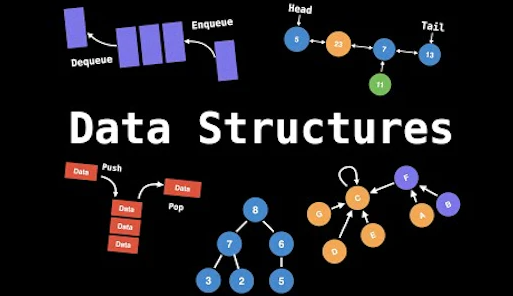
- Teacher: MCA Department
- Teacher: MCA Department
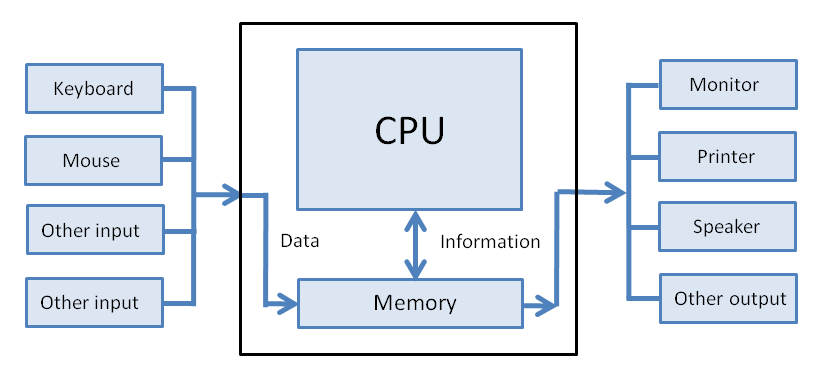
- Teacher: MCA Department
- Teacher: MCA Department
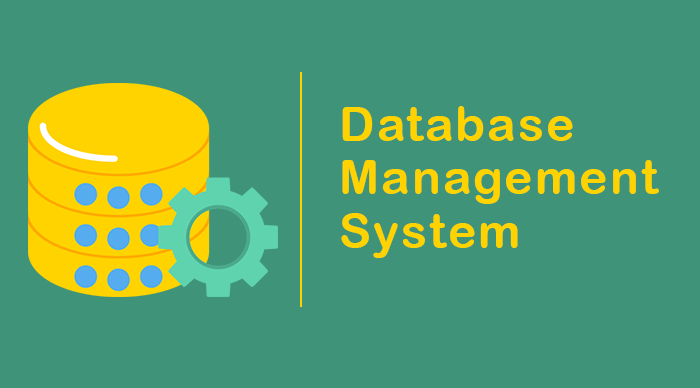
- Teacher: MCA Department
- Teacher: MCA Department
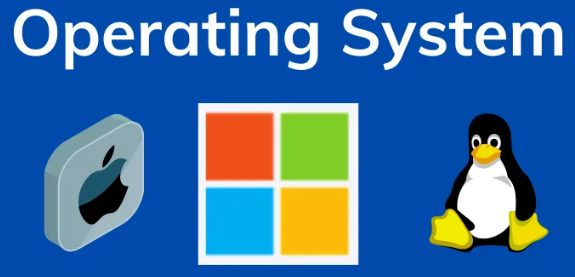
- Teacher: MCA Department
- Teacher: MCA Department
- Teacher: EEE Department EEE
- Teacher: EEE Department EEE
- Teacher: EEE Department EEE
- Teacher: EEE Department EEE
- Teacher: EEE Department EEE
- Teacher: EEE Department EEE

- Teacher: CSE HOD

- Teacher: CSE HOD

- Teacher: CSE HOD

- Teacher: CSE HOD

- Teacher: CSE HOD

- Teacher: CSE HOD
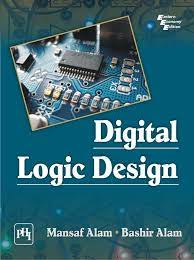
- Teacher: CSE HOD
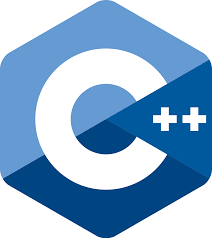
- Teacher: CSE HOD

- Teacher: CSE HOD

III YEAR - I SEM
- Teacher: CSE HOD

Data is a collection of facts and figures. The data collection was increasing day to day and they needed to be stored in a device or a software which is safer.
Charles Bachman was the first person to develop the Integrated Data Store (IDS) which was based on network data model for which he was inaugurated with the Turing Award (The most prestigious award which is equivalent to Nobel prize in the field of Computer Science.). It was developed in early 1960’s.
In the late 1960’s, IBM (International Business Machines Corporation) developed the Integrated Management Systems which is the standard database system used till date in many places. It was developed based on the hierarchical database model. It was during the year 1970 that the relational database model was developed by Edgar Codd. Many of the database models we use today are relational based. It was considered the standardized database model from then.
The relational model was still in use by many people in the market.Later during the same decade (1980’s), IBM developed the Structured Query Language (SQL) as a part of R project. It was declared as a standard language for the queries by ISO and ANSI. The Transaction Management Systems for processing transactions was also developed by James Gray for which he was felicitated the Turing Award.
Further, there were many other models with rich features like complex queries, datatypes to insert images and many others. The Internet Age has perhaps influenced the data models much more. Data models were developed using object oriented programming features, embedding with scripting languages like Hyper Text Markup Language (HTML) for queries. With humongous data being available online, DBMS is gaining more significance day by day.
Feeling lost in OS, DBMS, CN, SQL, and DSA chaos? Our Complete Interview Preparation Course is the ultimate guide to conquer placements. Trusted by over 100,000+ geeks, this course is your roadmap to interview triumph.
Ready to dive in? Explore our Free Demo Content and join our Complete Interview Preparation course.
- Teacher: CSE HOD
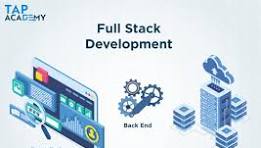
- Teacher: CSE HOD

- Teacher: CSE HOD
- Teacher: Mechanical Department

- Teacher: Mechanical Department
- Teacher: IT Department
- Teacher: IT Department
- Teacher: IT Department
- Teacher: IT Department
- Teacher: IT Department
- Teacher: IT Department

- Teacher: CSE HOD
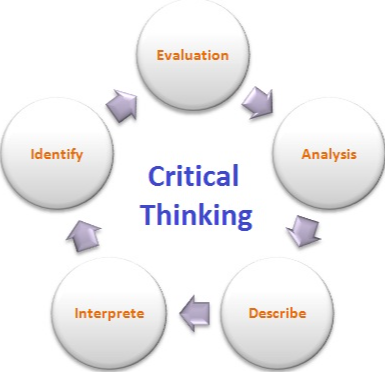
- Teacher: AIML Department
- Teacher: MCA Department
- Teacher: MCA Faculty One department
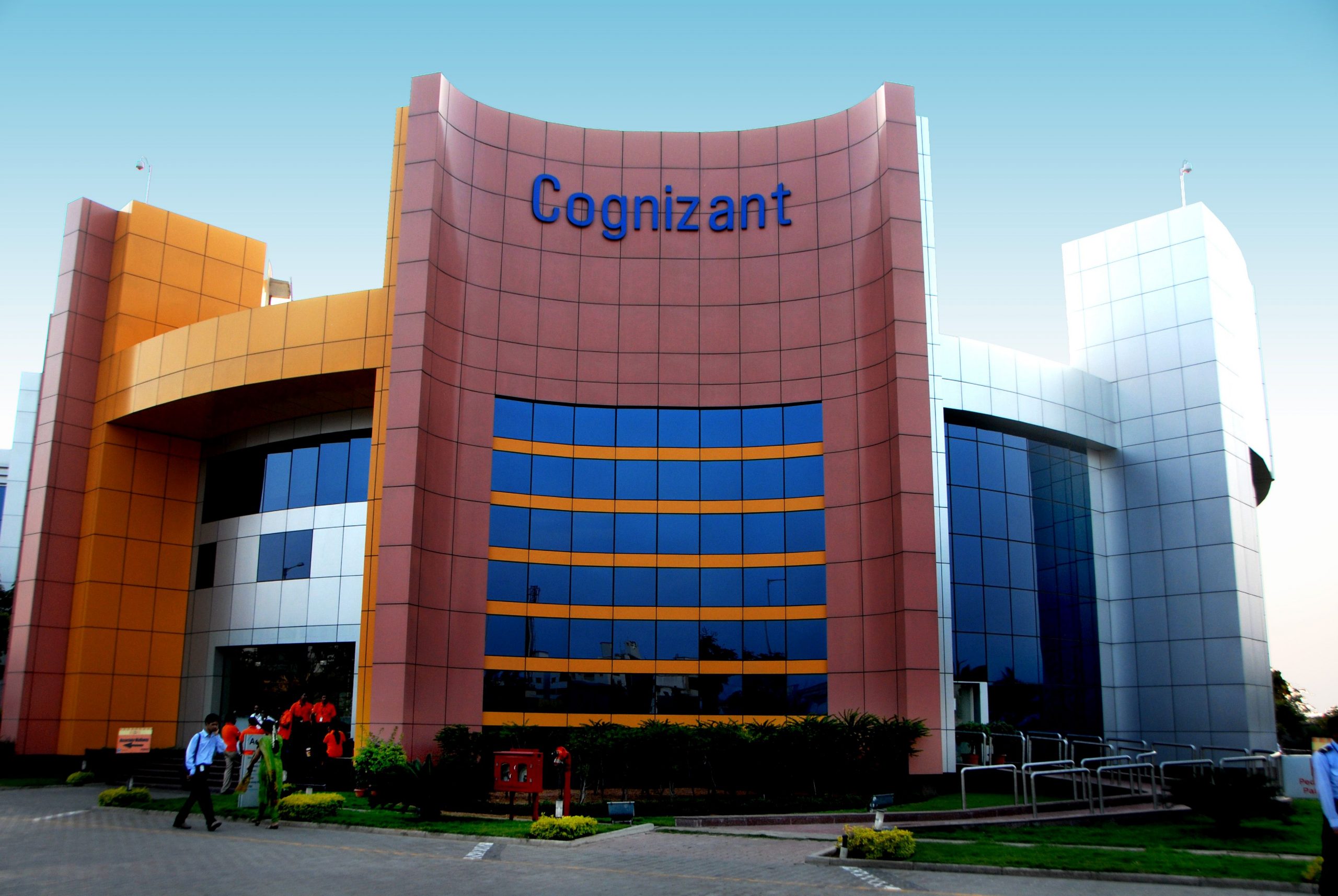
- Teacher: MCA Department
- Teacher: MCA Department
- Teacher: MCA Department
- Teacher: MCA Faculty One department
Skip site announcements
